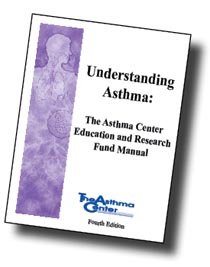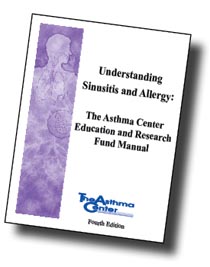Home »
FAQ » How can I prevent a flare of asthma?
How can I prevent a flare of asthma?
- Determine your best Peak Expiratory Flow Meter reading (PEFR) using the peak flow meter to measure your breathing two or more times a day for a few weeks when you are feeling your best. Monitor the PEFRs occasionally thereafter to keep in practice. When you do not feel well, use the meter at least twice a day to see if your PEFRs are dropping. Have your peak flow readings available when you speak to your doctor. If you have difficulty recognizing the severity of your asthmatic symptoms until late in an asthmatic attack, you should use your peak flow meter twice a day every day even if you "feel fine." Daily PEFR readings can alert you to a pending asthmatic attack so you can begin effective treatment, thus preventing unnecessary emergency room visits and/or hospitalizations.
- Know the signs of worsening asthma:
- Increased need to use your bronchodilator MDI (Proventil®, Ventolin®, Maxair™, etc.)
- Waking up at night short of breath, coughing, wheezing, and/or feeling chest tightness
- Decreased tolerance of physical exertion or decreased ability to work or exercise
- Decreased responsiveness to medications or persistence of symptoms in spite of treatment.
- Have a written list of emergency instructions.
- Keep your follow-up appointments as recommended.
- Never run out of medications.
- Know your type of asthma and its triggers.
- Know your allergies and avoid unnecessary exposures.
- Do not smoke or allow yourself to be exposed to cigarette smoke.
- Be compliant with all of your doctor's recommendations.
- Always have emergency medications on hand at home and when traveling.
- Call your doctor when your asthma first begins to flare.
- Control medical problems that worsen your asthma (sinusitis, allergy, GERD, obesity, deconditioning, and heart disease).



